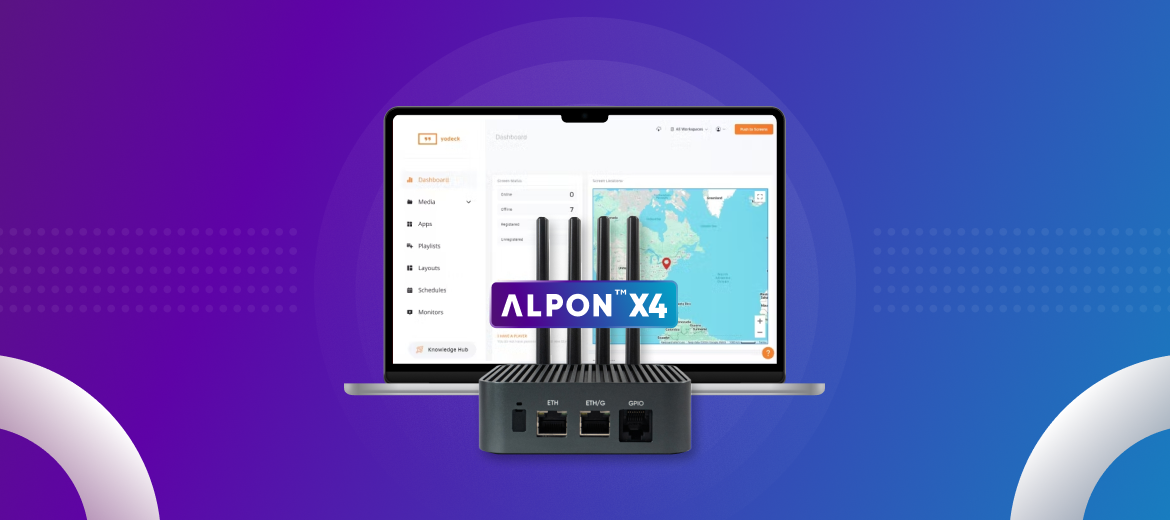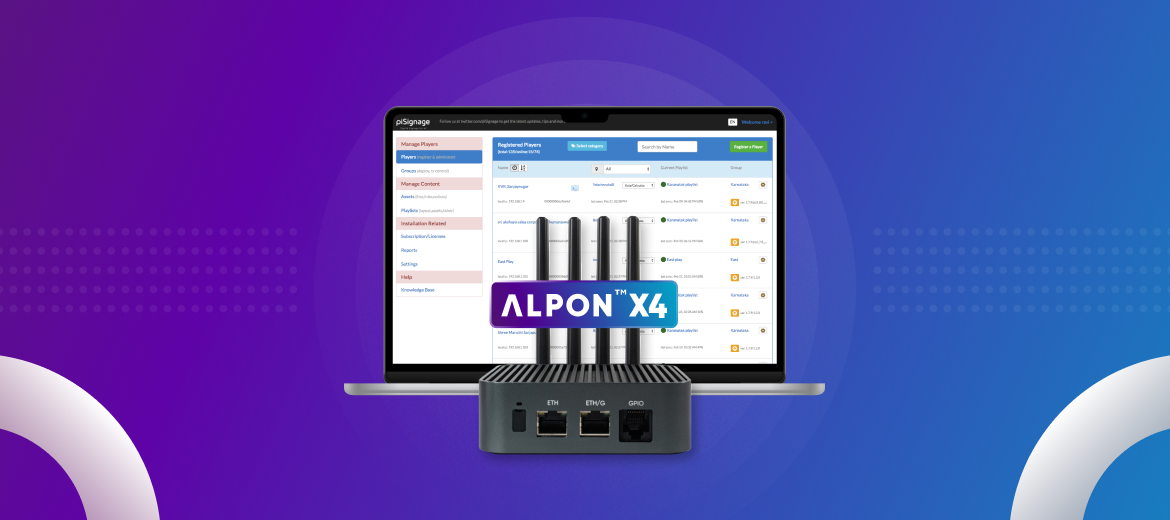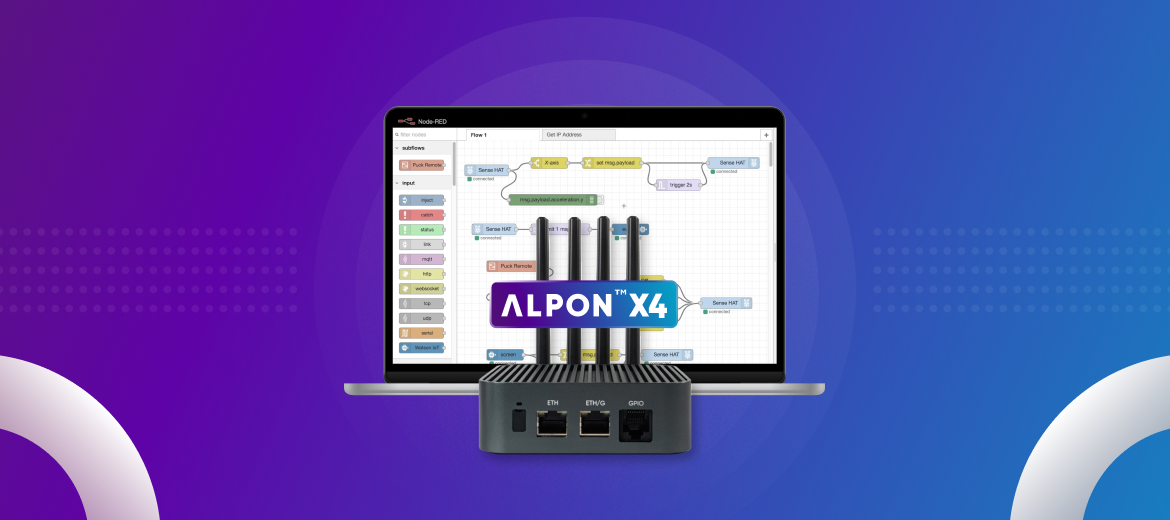Have you ever wondered how it’s easier to get real-time information on weather, the number of steps people take for a day, or the alerts on faulty steering of a car using a small device? It can be on a smartwatch, a tablet, a phone, or any device connected to the one sole entity that no one can survive without these days, the Internet.
The advantage of getting the information one needs with the help of smart devices is commonly included in what we call the Internet of Things. It is dominant in significant parts of our lives and makes it easier for us to commute, work, communicate, etc. If there’s someone out there searching or typing into a search engine for the Internet of Things definition, this is a comprehensive guide that covers all essentials of IoT. It is the next prominent advancement of the future, and it’s essential for us to learn about not just the definition, but where all IoT has an established presence and what are the requirements to be an active user of IoT. So read on!
Definition of IoT and How IoT Works
IoT or the Internet of Things is the network of everyday objects that are all connected by means of different kinds of technology and software. They are set up to receive and exchange data and also process information. A number of devices and applications use IoT technology. They include computers, handheld devices (e.g. smartphones, wearable watches, etc.), wireless sensors, actuators, home appliances, and software applications.
What is Device Management in IoT?
IoT devices can either be a sensor, antenna, or microcontroller, depending on the received data and information processed. The type of hardware used will, in turn, influence other factors such as the speed or cost or the type of connectivity. The usage of a device featuring the Internet of Things should always be such that it consumes low power for computation, requires low maintenance cost, and is preferably wireless. Device management is all about setting up the IoT device, maintaining it, and monitoring and evaluating it for any updates or errors.
How to Connect IoT?
To connect to IoT devices that are used every day in our homes, cars, etc., network connectivity plays an essential role in sharing data and processing information. Apart from being directly connected to the internet, a device can be interconnected to another device that has access to the internet. Interconnectability also helps a device function better as it uses data from the other device it is connected to. For example, a smartwatch or fitness watch shows the rate of heartbeat or stress levels by taking in the sensory information. In addition to that, certain watches have the option to connect to calls routed to a particular phone number. The application of the watch installed in the phone with the same phone number regulates the information in the application, which is passed to the controls in the watch. These Internet of Things applications utilize the infrastructure, technologies, and protocols of the network where the user connects their IoT device.
The IoT devices follow specific internet protocols to operate in the networking environment. TCP/IP uses a 4 level model. Wireless IoT networking uses Wi-Fi and Bluetooth actively developed for low-power applications.
Where is IoT Used?
IoT is used widely in major fields such as medicine, the military, vehicles, etc. Some of the examples and uses of IoT in everyday life as well as special cases are listed below:
- Travel: Parking systems that help find parking spaces and connected vehicles that help avoid accidents by using shared information. Toll payments are also managed with IoT devices.
- Home systems: Door locks, temperature controllers, turning devices on and off with voice commands, etc.
- Agriculture: Temperature monitoring for an ideal environment for plant growth and for collecting other agricultural data of soil, rain, wind, etc.
- Medical and health: To monitor patients’ vitals, give out emergency alerts, and so on.
Special uses:
- In the military: for warfare and surveillance.
- In industry and manufacturing: IoT is widely used for automated processes in industry and manufacturing. To understand more, we should learn what is Industrial IoT, as explained in detail below.
How is IoT Used in Manufacturing?
IoT in manufacturing is often referred to as Industrial IoT and has many uses across industries. IoT used in manufacturing utilizes automation and optimization for production, management, maintenance, and control. It paves the way to create new models for customer service and revenue. For example, the Industrial Internet of Things focuses on generating operational efficiency, production controls, etc., for optimum performance. Retailers or shop owners use QR codes and barcode readers to identify, categorize, and distribute products, and accordingly improve performance and time efficiency.
How to Program IoT Devices?
Understandably, several programming languages are used for programming IoT devices. Some of the best languages used to program IoT devices are considered to be Java, Python, C, Swift, and the like. The choice of languages depends on what specific benefits they can offer. While Java offers connectivity and enhancing ability, Python offers versatility. There are a number of other languages one could use depending on the needs.
How to Maintain Security for IoT Devices?
Even though IoT devices come with some amazing benefits, like any technology, they have their share of security vulnerabilities. If they are not secure, they can be susceptible to cyber attacks. Websites can be taken down and data can be lost, and this can lead to problems. Internet of Things security addresses this significant challenge with its clever solutions. In these cases, the user needs to take care of certain factors that protect the devices from external attacks. For example, an owner of an IoT device like an internet modem needs to make sure to change the default password set by the modem manufacturing company. Not doing so results in a security issue for the IoT device since an external party could crack the default password.
Some of the best practices on how to secure IoT devices are as below:
- Study: the underlying risks and classify the devices according to priority.
- Assign: the IoT devices under risk to security groups based on priority.
- Secure: the devices using iterative processes through constant monitoring and test case scenarios.
Using this methodology, one must ensure to update components, keep strong passwords, store private data according to regulations, use robust networks, and protect the physical devices. This greatly reduces the security risks and prevents any mishaps.
Enhance the IoT Experience with Sixfab Products
IoT is a dynamic field of application, and it is still changing to meet our ever-demanding needs. It is nearly impossible to travel anywhere without a phone. From doing online shopping, paying restaurant bills on mobile, or using GPS, IoT is our friend for life. Like any progressive company, Sixfab aims to bring the best of experiences in the world of IoT to its customers. Starting from the basics, by giving our customers an idea of an IoT platform and how it works, we also provide unique products and services.
Sixfab delivers products enhanced for user experience. Elevate your IoT experience with our Raspberry Pi 4G Modem Kit, which gives you an excellent network connection!



